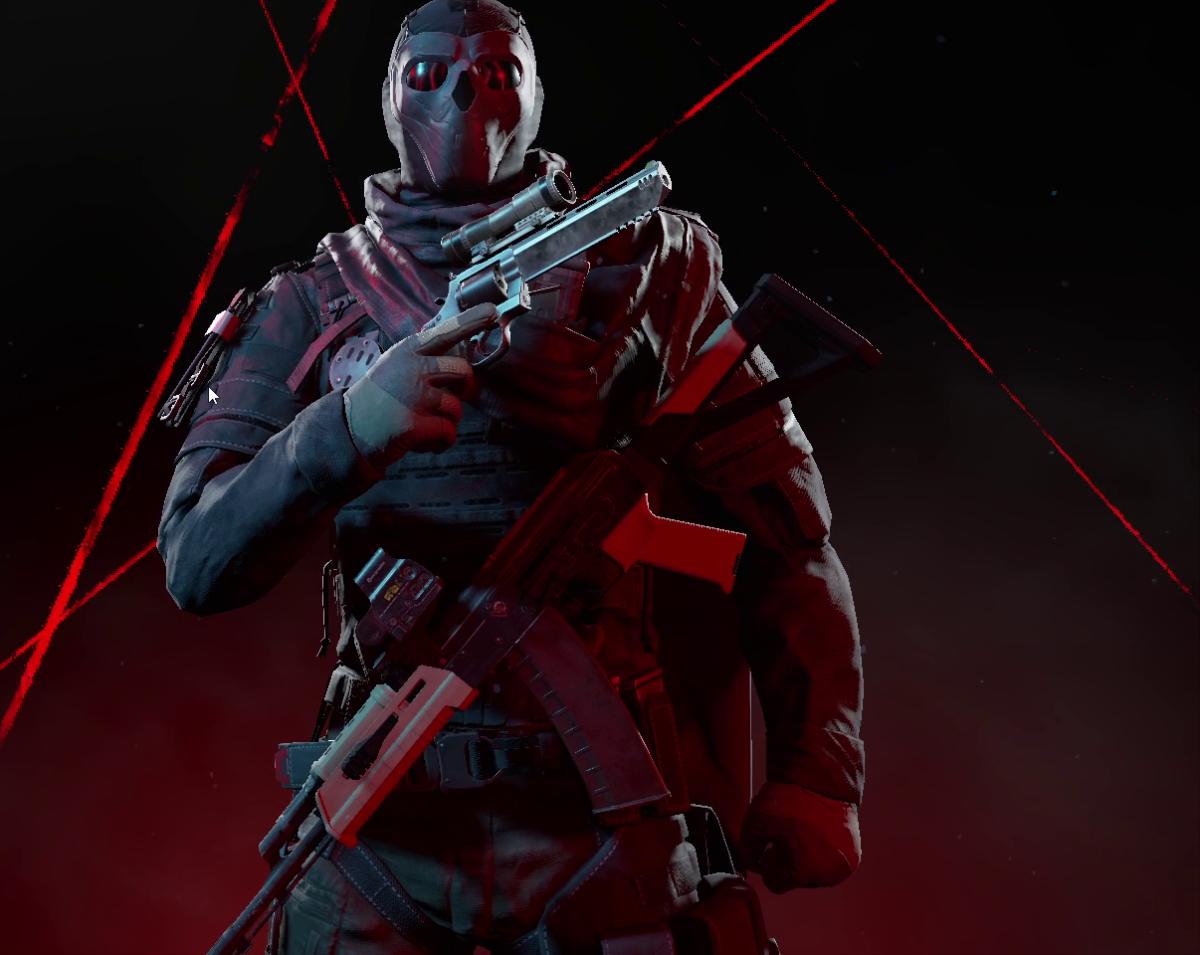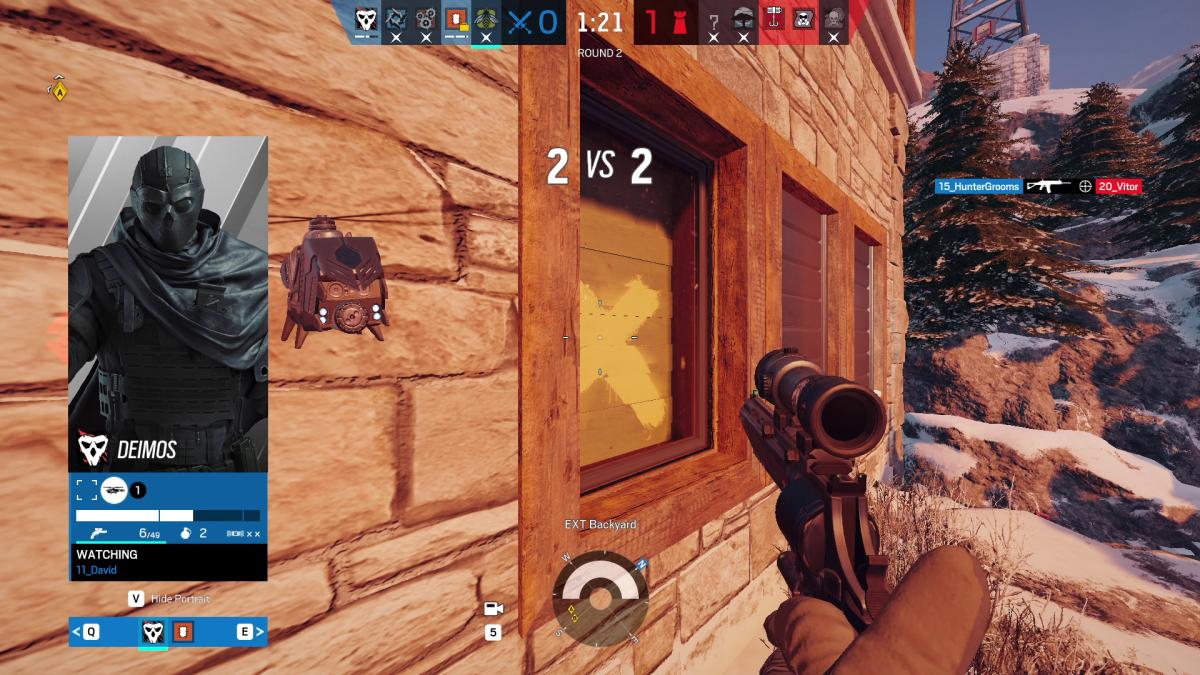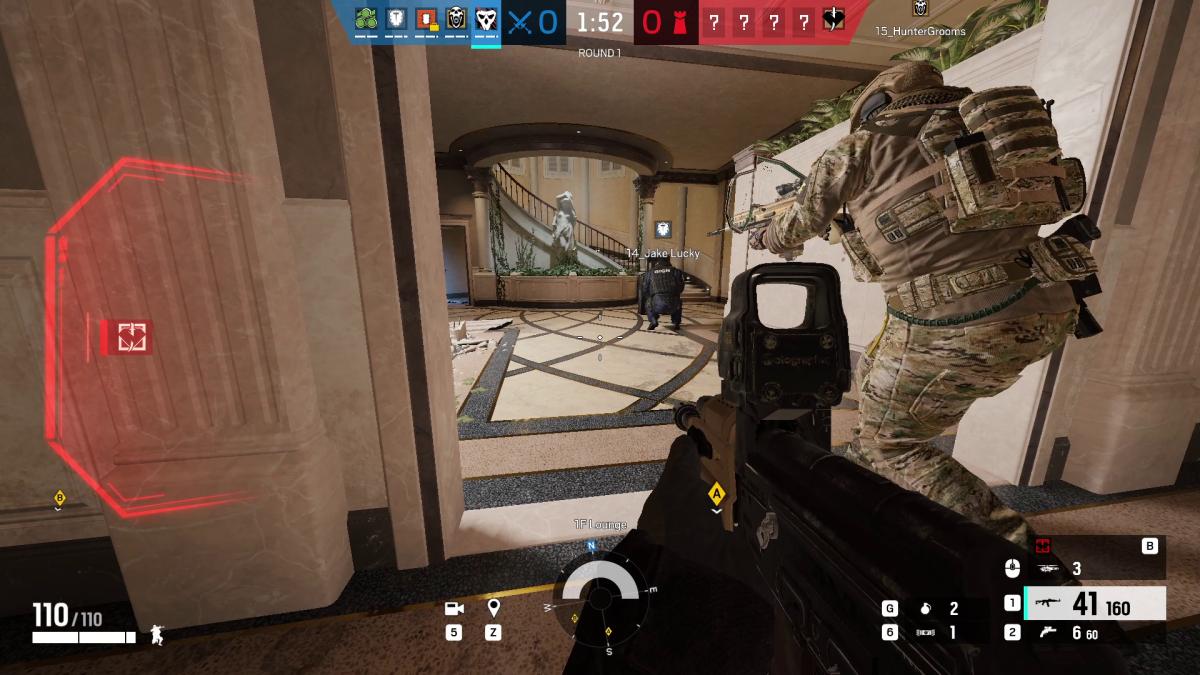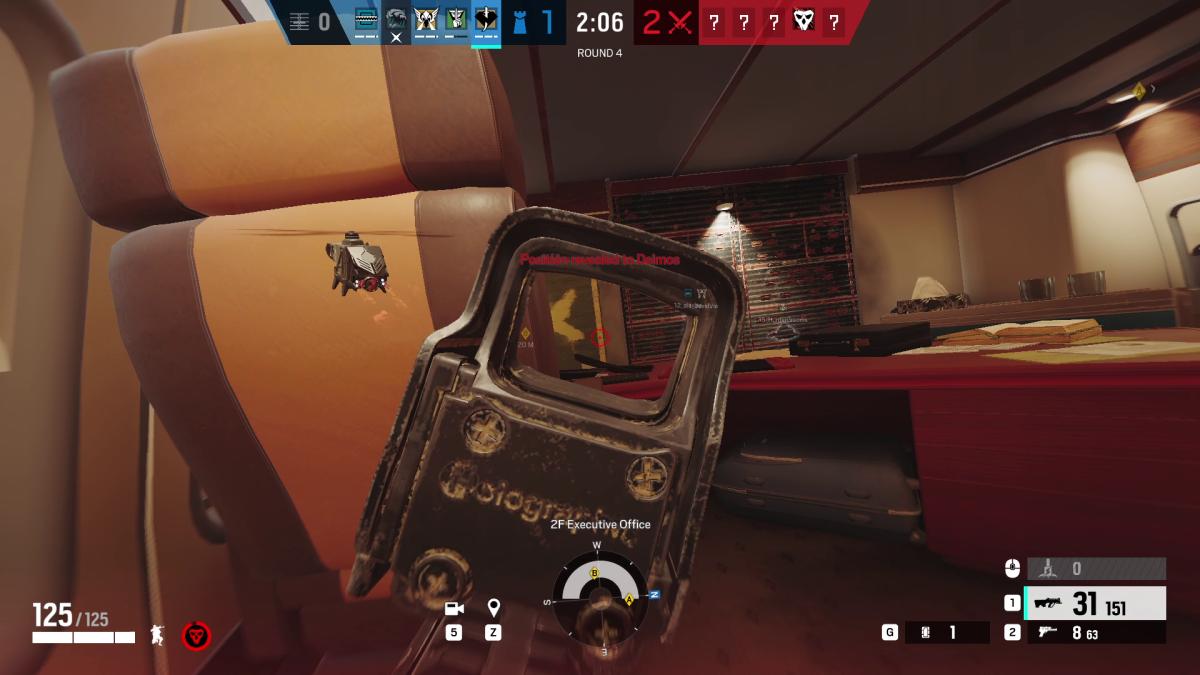Rainbow Six Siege reveals big changes for Year 9

For a game all about making an immediate impact, Rainbow Six Siege was not an instant smash hit. However, as the scenery-blasting, class-based shooter celebrates its unprecedented ninth anniversary, developer Ubisoft has blown the lid off one of the biggest updates in years.
Operation Deadly Omen is the first of four seasons in year nine. Releasing early March, it adds a terrifying new operator, meaningful weapon revisions, and additional balances to give the meta a serious shake-up.
Firstly, Y9S1 new operator: Deimos. With his deathmark drones able to pinpoint enemy locations and quite literally mark them for death, Deimos is less a man and more an affliction. To use them, enemies must first be caught in a scan during the preparation phase. Then, Deimos can deploy a drone to automatically flag a random target.
Ubisoft outperforms expectations, but delays Skull & Bones again
When this happens, Deimos sees their red icon through solid objects in real time. That’s a huge advantage. In my hands-on session, one Deimos player uses their deathmark ability during a tense stalemate at the bomb site to force a break in the ranks. Their target panics and flees to a lower level, prompting Deimos to head upstairs and fire a barrage of bullets at the erratic red icon through the floor. It adds a heightened cat-and-mouse dynamic to the traditional 5v5 framework.
It’s no coincidence Deimos shares his name with the Greek god of fear. A former Rainbow operator turned terrorist, and a major antagonist in the game since 2015, he plays like his character: relentless. With his ability innately geared around tense 1v1 pursuits - hunter vs hunted - he’s a solid and sometimes thrilling class for lone wolves.

By way of balance, Deimos’s target can also see him, and use that knowledge to bait ambushes. Deimos is also limited to his own unique .44 revolver during the hunt, which lacks range and can only fire six shots before reloading. Additionally, when Deimos marks a target, everyone in the match is alerted, so they know what’s coming.
Given his solo appeal, Deimos may struggle to find a place among well-drilled, synergistic squads. On the ever-shifting operator tier list, he feels a little underpowered, and would benefit from being able to use any weapon during the hunting phase rather than just the revolver. Expect to see a Deimos drop-off after the initial dabble.
As well as the new operator, there’s also a major revision to ADS, or ‘aim down sights’. Ubisoft is slowing down the time it takes to aim down the sights of your weapon by default, which gives attachments a bigger impact. There are now four categories of attachment instead five. These are iron sights, universal 1x, magnified scope, and telescopic scope. While the average player isn’t going to notice a slight increase in recoil on a vertical grip attachment, for instance, or a minor reload speed bonus on the angled grip, the average Siege player will. For them, it’s a chance to tinker with their loadout and test different attachments.

They’ll also appreciate the revamped shields, which puts the focus on defensive play. Now shields offer almost complete protection, with users able to activate gadgets, deploy throwables, and even reload from behind their impenetrable cover (barring an elbow that may poke out on occasion). To counter them, defenders can shoot at shields to slow them down, and can also take advantage of a brief window after being knocked back to target a shield-wielder’s exposed legs. It’s an effort to reduce the randomized nature of shields Ubisoft itself calls a ‘headshot lottery’, with defenders firing wildly at onrushing shield-wielded to try and hit a lucky lethal shot.
Another feature adding fairness to the game in Y9S1 is projectile pre-vis. Now, when aiming a grenade, you’ll see a blue holographic arc showing you precisely where it will end up. Anyone who’s ricocheted a flashbang off a door frame and rendered themselves temporarily blind will appreciate the update, although purists can toggle it off.

It doesn’t so much lower the skill ceiling as raise the floor. You’ll still have to train. Speaking of which, offline training is changing. Ubisoft is adding five new maps, two new operators, and the ability to test your skills on defense. The AI is smarter too, apparently. Ubisoft used machine learning to analyze player behaviour, and as a result, they’re less easy to bait and trick, although it wasn’t available to test during my hands-on.
These are far from the only updates coming in the first quarter of year nine. Rappelling now looks and feels snappier thanks to new motion capture; an overhauled inventory better categorizes your attachments, skins and unlocks in a more elegant UI; and LMG recoil is lower but movement is slower.

If these sound like minor changes, you’ve probably not kept up with Siege. In this case, Ubisoft has something else for you in Y9S1. To ensure everyone in matchmaking is on the same experience level, players are marked as inactive if they haven’t played for an entire season - which is three months. To regain access to matchmaking, these players must play five matches and get themselves back up to speed.
It may sound unnecessarily strict, but Rainbow Six Siege has reached the point of popularity where it can afford to be restrictive in pursuit of balance. That won’t be enough to rocket it up the Steam charts, but it’s also not going down anytime soon.
With a reliable average of 45k concurrent Steam players daily, a top 20 Twitch mainstay for almost ten years, and recently, an esports invitational in São Paulo with a prize of one million dollars, the aim with Y9S1 isn't so much to attract new players to Rainbow Six Siege but retain its rabid current ones.
